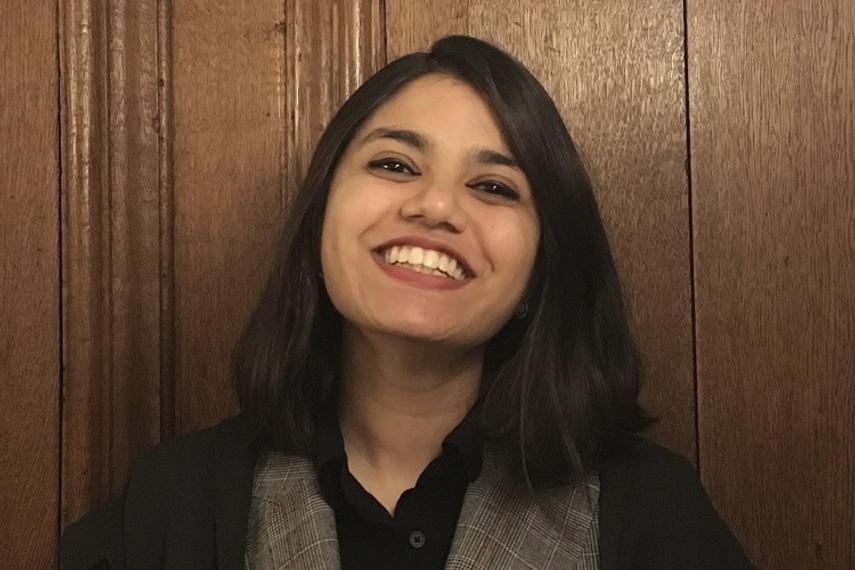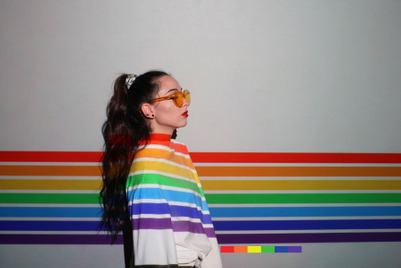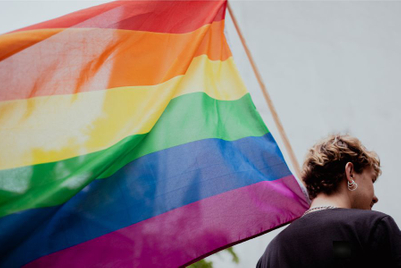
Do brands really owe a responsibility to reflect diversity in their advertisements?
In an era of heightened tensions and rampant sensitivity, why should brands risk the potential of jeopardising their bottom lines? Especially the big brand names that rely on the majority for their profits. Any show of representation runs the risk of alienating and enraging the majority, especially the more conservative and traditional side. And if not done right, it could invite a lecture for being a stereotyped and dishonest gesture to the very community the advertisement initially sought to represent.
Faithful representation of a marginalised group isn’t easy, and there is a certain passive appeal for big-name brands to let the activists and niche brands shoulder the enormous weight of the social justice flag on their behalf. When social improvement comes at the cost of commercialism, brands do have an immediate, economic imperative (however callous it may seem to admit so) to prioritise their identities as commercial entities over any desire they may have to appear as social trendsetters. To put their profits in danger merely for the sake of representation in many ways runs directly contradictory to their primary, if often solitary, goal of selling the most of a product to the greatest sector of the population. As long as brands are inoffensive and stick to generic, majoritarian representation, any brand should be able to convert their advertising efforts into economic benefits.
The LGBTQIA+ community in India comprises only about 10-15% of the entire population – is it really economically prudent to risk the wrath of the remaining 85-90% to make this miniscule fraction happy?
Probably not.
But given that even 10-15% of India’s population is well over 13 Crores, we must consider for a moment what it would look like if brands were to include a peripheral group such as the LGBTQIA+ community in something as pervasive as advertising, and, somehow, manage to do it right.
It would benefit the LGBTQIA+ community – allow them to be more confident, prevent harmful or unfavourable stereotypes from being associated with them, help others understand them better, and finally accept them.
To aid such representation is a noble endeavour but the more pertinent question for brands is whether the heterosexual, cis-gendered majority could possibly benefit from the representation of the LGBTQIA+ community too?
(If the answer is found to be yes, would the need for such opinion pieces be extinguished? Probably not, but an attempt shall be made nonetheless.)
Let’s start with the primary reason why some people reject this community’s representation – prejudice, which is born from and leads to feelings of anger, fear and pity, which can result in anxiety. And anxiety, as a general rule of thumb, is something people want to avoid. But given that the non-LGBTQIA+ community are bound to interact with the LGBTQIA+ community at some point in their lives, wouldn’t they benefit from a true reduction or eradication of this anxiety, rather than just its avoidance?
The Intergroup Contact Theory states that increased interaction with and knowledge of people from groups different to one’s own helps develop positive associations regarding them, and hence reduces the anxiety related to them. Frequent, normalised, non-dramatic, representation of the LGBTQIA+ community in advertising would, thus, aid in reducing the majority group’s anxiety with LGBTQIA+ individuals in their day-to-day interactions.
Another positive for the majority non- LGBTQIA+ group would be an increased affinity for differences – even those that they may have had trouble accepting in themselves. Every time a man cries, or a woman declares her intention to remain unmarried, someone calls them out for going against what is acceptable for their gender – and this not only limits the social and psychological development of people but also allows frustration and insecurities to fester. Watching others break gender norms and accepting them for it, helps people accept the little ways in which they may break norms themselves.
Consider Fasttrack’s Come out of the Closet ad, it could be perceived as putting pressure on the LGBTQIA+ youth to come out in a country where homosexuality was illegal until 2018. However, the overwhelming support for it suggests that it could certainly have inspired someone with a smaller secret to be more open about themselves – the freedom of expression demanded by the LGBTQIA+ community isn’t limited to just itself.
Assimilation of peripheral social groups in society can lead to associated positive changes for society as well. The acceptance of adoption as being one of the only viable options for same-sex parents could make it a less unorthodox option for other exceptional situations as well – whether that’s infertility or just an affinity for children without one for pregnancy, marriage, or a partner.
Vicks’ #TouchOfCare poignantly highlights the bond between adopted children and their parents through the real-life story of Gayatri and trans-mother Gauri Sawant.
Diversity – in thoughts, feelings, and circumstances – and its acceptance leads to a richer and more wholesome experience of culture and community. Harnessing the potential and talent of people previously hindered by prejudice and stigma leads to the enrichment of the visual, written, lyrical and physical aesthetics of a culture.
Brands can tap into this cultural mosaic to create an acceptable disruption in their advertising. They want to be relevant to their audience but want to stand out while doing so. The inclusion of a peripheral group and its unique dynamics can add a twist that elevates the plot of a story from common and forgettable to innovative and memorable.
With their #SwaadApnepanKa campaign, Brooke Bond succeeded in cracking this code – elevating a cup of tea from a mere beverage to a symbol of togetherness and acceptance. In this ad, set against the familiar backdrop of the relentless Mumbai rain, a transwoman melts the heart of an old woman with a free cup of hot tea while a little girl smiles at the scene and internalises a general lesson on human kindness.
There’s only one little caveat to this egocentric view on representation – quality over quantity. Like any other person, a member of the LGBTQIA+ community is a complex human being – each one different, with their own set of struggles and triumphs. They don’t all fit in neat little labelled boxes with a set list of characteristics – and thus, they shouldn’t be treated as caricatures or stereotypes.
Recently, Quantum conducted a study that included a group of respondents from the LGBTQIA+ community. At the end of our conversation, much to our initial elation and subsequent horror, they thanked us for including their views on a mainstream topic – “usually people only want to speak to us when it’s about AIDS or condoms.”
Successful representation, that which will act as an advantage for both the brand and the community, happens when tokenism evolves to acceptance and appreciation.
As any good researcher or marketeer will tell you, the key to achieving this is by understanding the nuances of the community’s unique human experiences – the knowledge of which can then be employed to skilfully traverse the intricate pathways of an audience’s journey to persuasion – from passive interest to active enrapturement.
Representation, especially of a group like the LGBTQIA+ community is, therefore, not only
a social responsibility (for those who may have missed that aspect of it), but also an opportunity for brands to enhance their image, broaden their target audience and optimise their profits.
The more people a brand represents, the larger the palette of colours they have to paint with.
The author is associate, Quantum.


.jpg&h=334&w=500&q=100&v=20250320&c=1)
.jpg&h=334&w=500&q=100&v=20250320&c=1)


.jpg&h=334&w=500&q=100&v=20250320&c=1)











.jpg&h=268&w=401&q=100&v=20250320&c=1)
.jpg&h=268&w=401&q=100&v=20250320&c=1)
